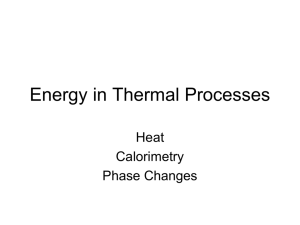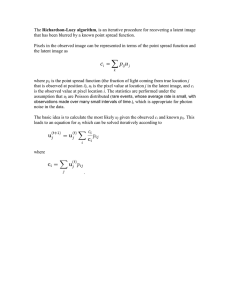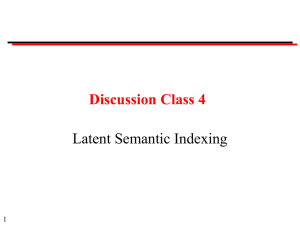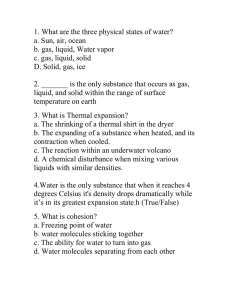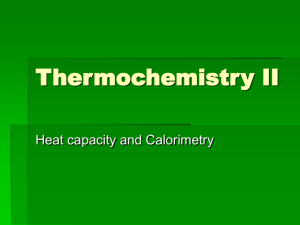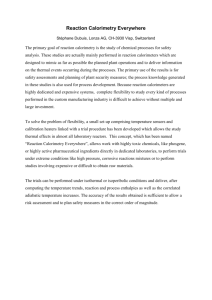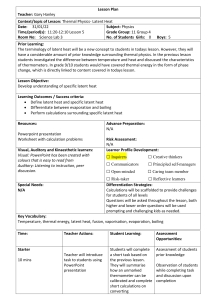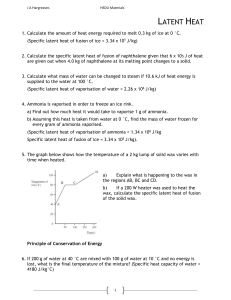Heat as energy/heat transfer
advertisement
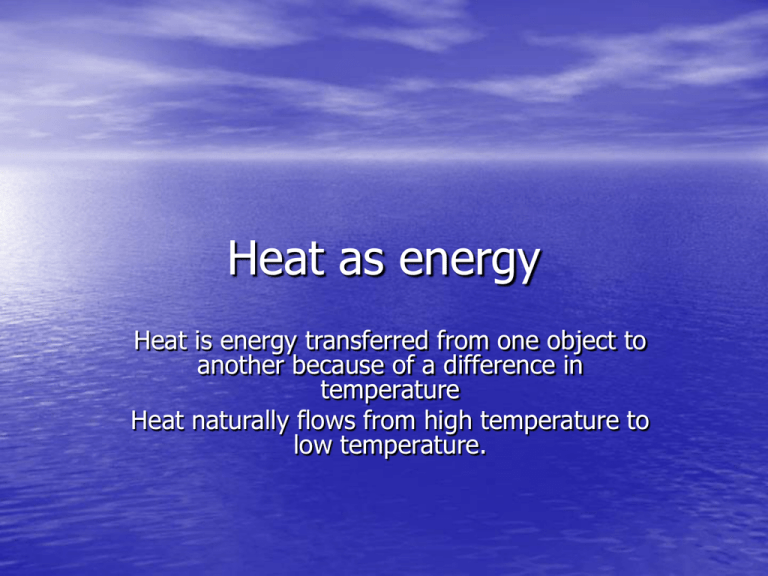
Heat as energy Heat is energy transferred from one object to another because of a difference in temperature Heat naturally flows from high temperature to low temperature. Heat • Joule determined that a certain amount of • • • mechanical work resulted from a specific amount of heat input. Joule is credited with defining Heat as energy (or transfer of energy) Heat is measure in calories or Joules. 1cal = 4.186J 1 cal is the amount of heat necessary to raise the temperature of 1 gram of water by 1 degree C. Heat • 14-3 Specific Heat – When you heat an object, the temperature rise depends on mass of the object and a property of the material called “specific heat”. – Q = mc(T2-T1) – Q = amount of heat, m = mass, c = specific heat, T = temp. – The higher the heat capacitance, the smaller the temp change for a given amount of heat input. Heat • Calorimetry – solving problems • In a closed system, the heat is transferred from the hot object to the cold object or heat lost by one object = heat gained by another. Heat • Latent Heat – When a material changes phases from a solid to liquid or from liquid to gas, a certain amount of energy is involved in the phase change. This is called the latent heat. – Heat of Fusion: heat required to change from a solid to a liquid. – Heat of Vaporization: heat required when changing from liquid to gas. – Q = mL where m = mass and L = latent heat (look this up in a table) – During a phase change, the material’s temperature stays constant. Heat • Solving Calorimetry problems • Apply conservation of energy – Heat gained = heat lost • If no phase changes occur, each term will have the form Q(gain) = mc(Tf-Ti) or Q(lost) = mc(Ti-Tf) • If phase changes occur, must account for these Q = mL • When the system reaches equilibrium, the final temperature of each substance will have the same value.
